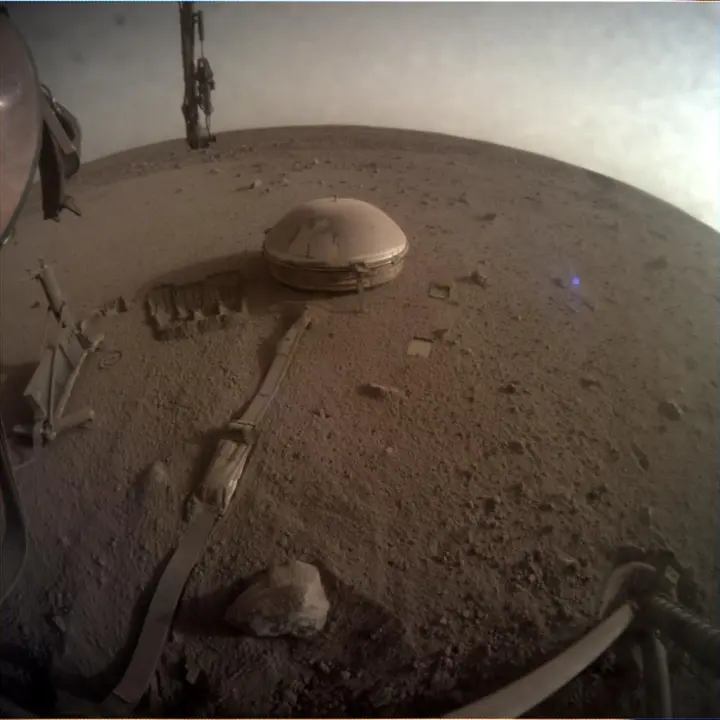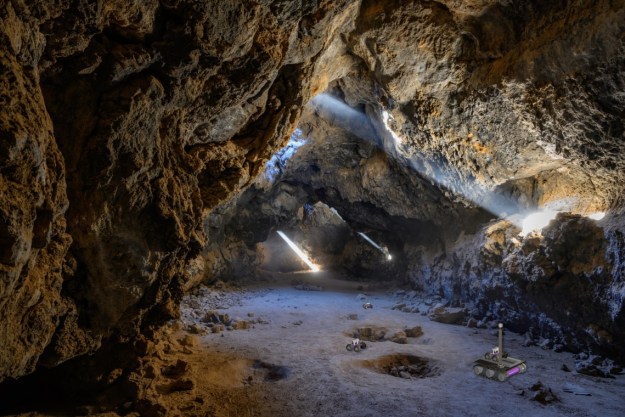NASA’s Mars InSight lander may have come to the end of its mission last year, but data from the lander is still being used to contribute to science. Data that the lander collected on marsquakes, seismic events that are similar to earthquakes, has been used to get the best look yet at Mars’s core.
The lander was armed with a highly sensitive seismometer instrument that could detect seismic waves as they moved through the martian interior. By looking at the way in which these waves bounced off boundaries and moved at different speeds through different materials, scientists can work out what the inside of a planet is composed of. The latest findings show that the martian core is around 2,220 miles across, which is smaller than previously thought. The core is also denser than previously believed The results also showed that around one-fifth of the core, which is made up of liquid iron alloy, is composed of sulfur, oxygen, carbon, and hydrogen.

To learn about the martian core, scientists used data from two marsquakes detected by InSight. One of these quakes was caused by a meteoroid impact, which helped scientists locate the exact source of the waves and model the waves’ movement through the planet’s interior more easily. The marsquakes were also on the larger end of detected quakes, so they had stronger effects.
“These two far-side quakes were among the larger ones heard by InSight,” said Bruce Banerdt, InSight’s principal investigator at NASA’s Jet Propulsion Laboratory, in a statement. “If they hadn’t been so big, we couldn’t have detected them.”

One challenge for InSight was that the quakes originated on the other side of the planet from the lander, which is why they are referred to as “far-side.” That makes them harder to detect, but it also means that studying them can give more useful information as the waves travel through more of the planet.
“We needed both luck and skill to find, and then use, these quakes,” said lead author of the research, Jessica Irving of the University of Bristol in the U.K. “Far-side quakes are intrinsically harder to detect because a great deal of energy is lost or diverted away as seismic waves travel through the planet.”
Using data from InSight, researchers are able to get more and more information about Mars’s interior structure, which can help them to understand how the planet formed — and that can be relevant to understanding how other planets formed to, including the Earth.
The research is published in the journal Proceedings of the National Academies of Sciences.
Editors' Recommendations
- NASA’s Curiosity Mars rover gets a speed boost
- NASA reveals simulated Mars habitat for volunteers’ yearlong stay
- NASA’s Ingenuity helicopter sets two flight records on Mars
- Perseverance and Ingenuity play a game of tag across Mars
- See Mars’s beautiful Jezero Crater from the air in flyover video




